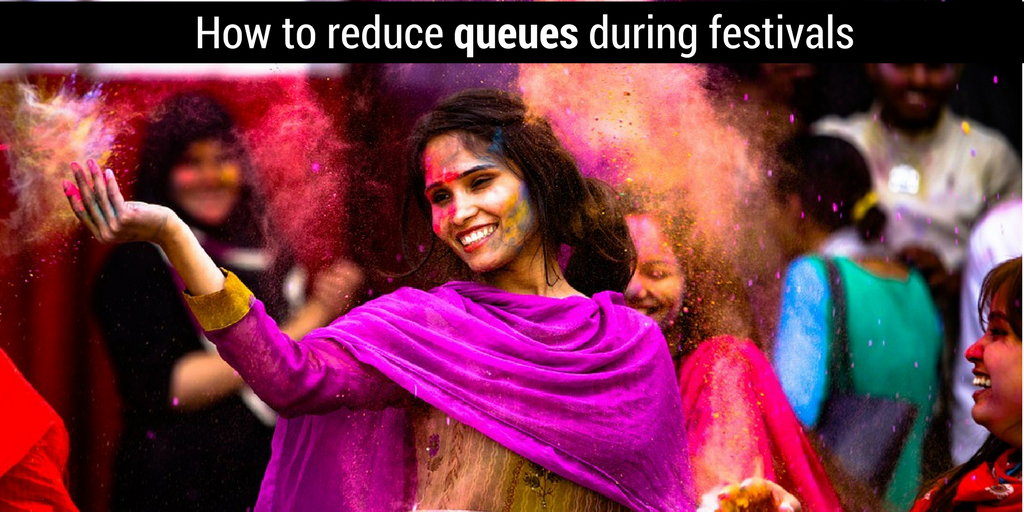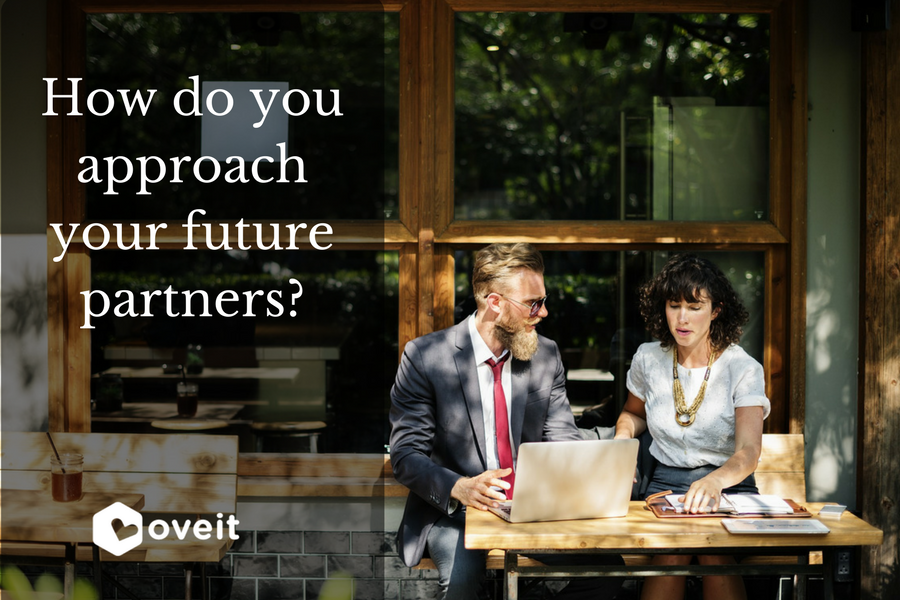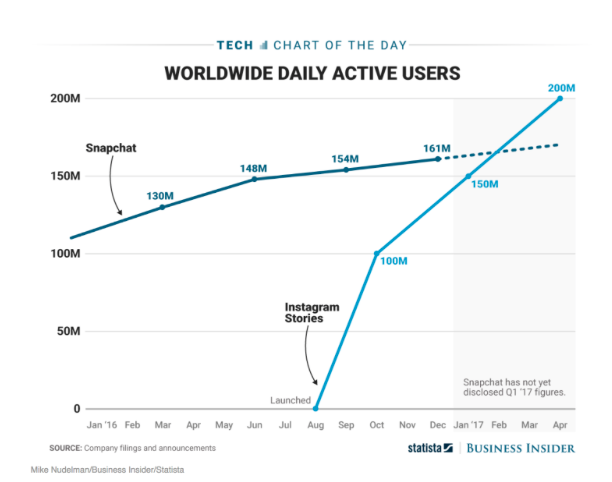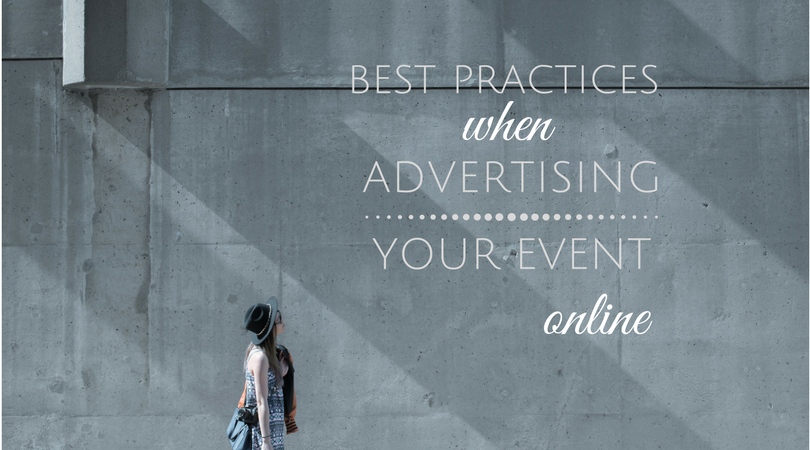Marketing an event is neither innately or self conspicuous; a lot of patience and knowledge is required in order to properly promote it.
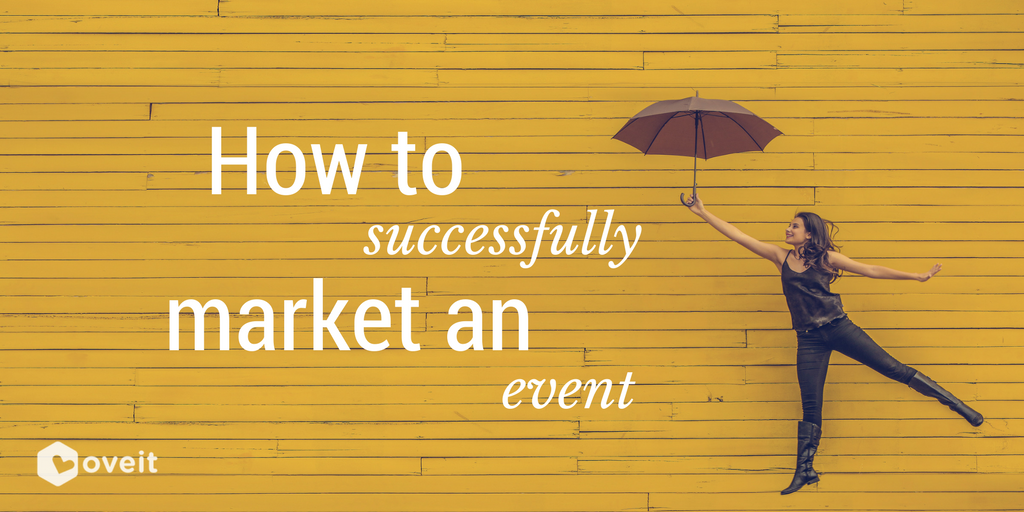
How do you make sure that your consumer keeps bonding with your brand?
Many businesses have the possibility to immerse their consumers in whole physical experiences through their products, promotions, show-rooms, shops, etc.
What about the brands that have no physical product to wow their consumer with, or stay hidden behind a blog and the social media channels. How do they engage with their customers?
The answer is events. The creation of promotional events through which brands can bring awareness and bond with your customers is definitely the success key.
Even knowing how important events are, many businesses don’t take full advantage and fail in delivering a good event. It is impractical to organize a surpassing event and offer top quality products and services if you are failing to promote it. Who will know or attend your event if you don’t sell it properly?
Event marketing is essential in order to attract the right audience
Event marketing is the best opportunity to bring your community together and spread the word. Best of all, the most effective forms of event marketing will get people talking, writing, and reading – all about your brand, products or services.
The best way of understanding your most effective forms of marketing is putting yourself in your attendee’s shoes. So let’s imagine you are your future event’s attendee.
What are the steps you undergo from the moment you hear about the event till you get to participate:
- Ways you could find out about the event:
- A friend – word of mouth
- A poster/ flyer/ TV/ Radio – Traditional Marketing
- Social Media/ Email – Digital Marketing
It is important that both Traditional and Digital marketing channels are used properly. Sometimes first impression is the last impression and this is the time you can attract your future attendees with perhaps just a glance of a look.
Depending on the type of your event and audience segmentation you will decide which marketing mix will be appropriate.
With a poster or a flyer your purpose is to create eye-catching print that will attract people to participate in your event and offer the necessary information about it. If you are interested in finding more about how to create an attractive poster here are some tips & tricks how to do that, offered by Venngage.
Email marketing has the same purpose as the print material; catch the eye in a short time frame, inform and redirect to your digital channels.
TV and Radio Advertising are most of the time effective though they are pricey. If you are creating an event for tens of thousands of people big media spending is definitely worth it. Otherwise – maybe stick to something more cost effective.
Social Media is the most effective and affordable slew of tools you can use to market your event
The purpose of Social Media is not only to advertise your event before but also create an online community that will help maintain the interest in your event in between happenings.
It is important to know how to keep your attendees engaged before, during and after your event. According to a study conducted by Buffer in 2014 nearly as many attendees are talking about the events as during the event.
Therefore, it is important to create the excitement before the event, during and after:
Pre-event
The objective is to create excitement of the up-coming event, engagement on the Social Platforms and enroll those who are not decided yet if to participate or not.
How to do that?
- Through posts that include questions, information, tutorials, etc.
- Create an unified hashtag to use across all social channels – even if it doesn’t seem important, using it well in advance to your event and on all Social Platforms can result in a successful tool in order to centralize all of the posts regarding your event
- Don’t forget to add your hashtag in all your Social Media’s bio – once you have a link to your event, update your Bio section, and then people have a very simple way to find out more
- Distribute your events on discovery sites across the web in order to reach a more targeted audience
- Use Facebook, Instagram ads to re-market to prospects – show ads to people who have already visited your website.
During the event
The main objective is to make your attendees talk about and share your event :
- Engage in live streaming with the peaks of your event
- Encourage people to check-in, like your Social Media pages and post photos from the event
“In this fast-paced, noisy online world, visual content is the best way to not only capture the attention of fans, but also to have them take action on your content.” – Donna Moritz of Socially Sorted
Post-Event
The target here: keep them coming back next year. It is still important to continue promoting the event but the marketing will come from a place of knowledge and top of mind recognition, rather than having to refresh their memories.
- Keep engaging with customers and create new possible leads for your future events by posting regularly and keeping the community updated
- Harness the Power of Visual Testimonials – show the excitement and vibe of your speakers, attendees or the event in general
- Share and leverage the user generated content since this will bring more authenticity and credibility to your posts.
- Make use of all content produced during the event and post regularly
- When looking up for the event, your search engine will hopefully display the following:
- Event’s website
- Discovery sites
- Social Media Pages
Search engines are making people’s life easier by guiding them in their search. But getting your websites to appear at the top of the search result is no easy thing. Your website needs to have a high ranking in order to be displayed at the top and this is possible only through Search Engine Marketing.
Another important aspect is the reliability of your website because it represents the portal to your event and the first step in your attendees’ immersion. This experience has to be appealing, concise, user friendly, up-to-date and synchronized to all of your pages.
Lastly, don’t forget to create a mobile website too, since many web users are doing their research from their smart phones.
- While doing the research you will be looking to find out:
- More information about the event
- Who else from your friends are attending the event
- Other people’s impressions and reviews
Your attendees are searching for more information because they want to rest assure that your event is what they are looking for. It’s a good opportunity not only to offer them all the information they are seeking but as well connect with them and make them feel part of the community.
Some of the information that you can offer them:
Insides (e.g., special contests during the event, special photo or autograph sessions, sweepstakes etc.)
Details (who else is attending the event, weather, location map, etc.)
Assurance (other people’s testimonials and comments)
- Decision time:
- If happy – attend the event and ask friends to join
- If not happy – don’t go, and even more, persuade others in not going
At this point your only hope is that your attendees are happy and desire to participate along with their friends and family. The only way to get here is by following the previous steps.
- Final step – Register online and buy the ticket
- If 100% sure + flawless registration = ticket is bought
- If 100% sure + unfriendly registration = there is a small chance that the ticket will not be bought
- If 50% sure + unfriendly registration = big chances that the ticket will not be bought
And when you thought that might be all, guess what? – it’s not!
A registration process that it is complicated and slow it’s the worst turn out for your future attendees. The payment process has to be the easiest step from the whole journey.
Ticketing and event registration software comes in handy when in need for an efficient payment process. Using our event management and access management platform, Oveit, will not only significantly simplify the payment process but can help you bring more added value to your overall planning, such as:
- Registration forms enable you to collect data in the form of text (name, company, position) dates (birth date, arrival date), emails, files (PDFs, PPTs, images and more)
- Personalized badge design – just use data attendees filled in, drag and drop, add graphics and your personalized badges are ready to send by email or print
- Mobile apps for ticket scanning, available on iOS and Android.
- Support for Smart badges, NFC bracelets, access cards, and NFC tickets
- Seating design for seat-based events
In order to sell tickets and achieve a successful consumer journey, attendees need to be kept engaged at every stage of the process. Providing a memorable pre, live, and post-event experience will make your attendees more connected to your brand and will become, if not already, loyal. Consequently, by trusting you, they will innately recommend and share their experience with others both online but as well direct; word of mouth is still the most valuable marketing tool that has the highest conversion rate.
